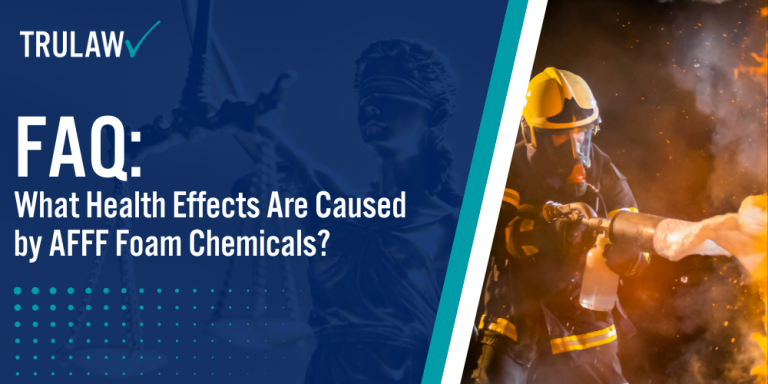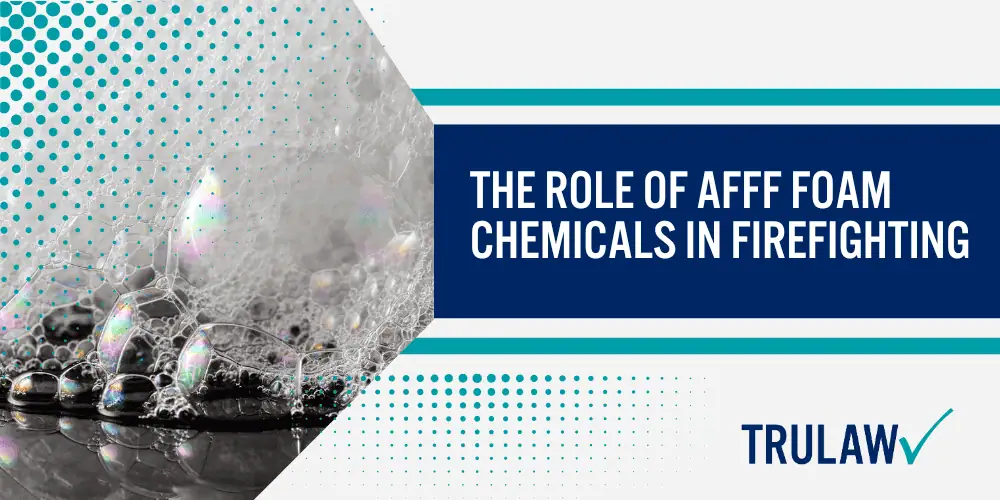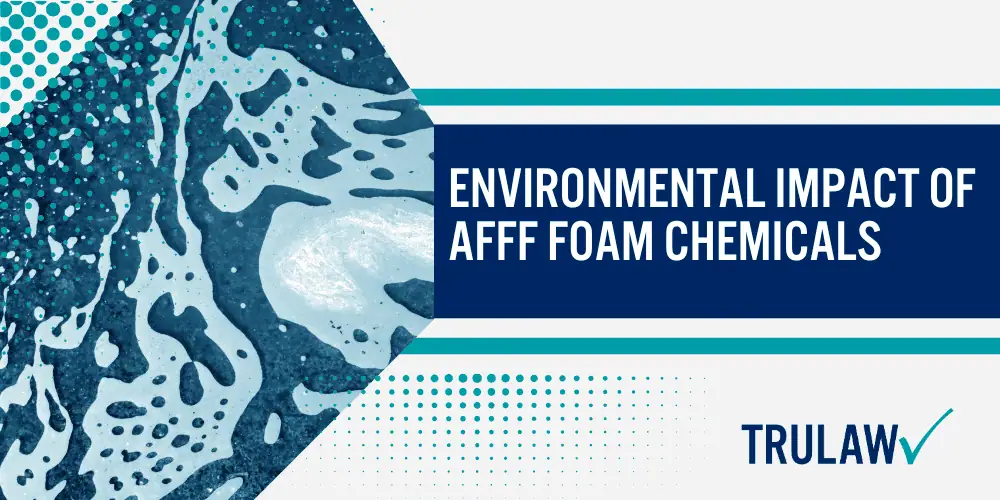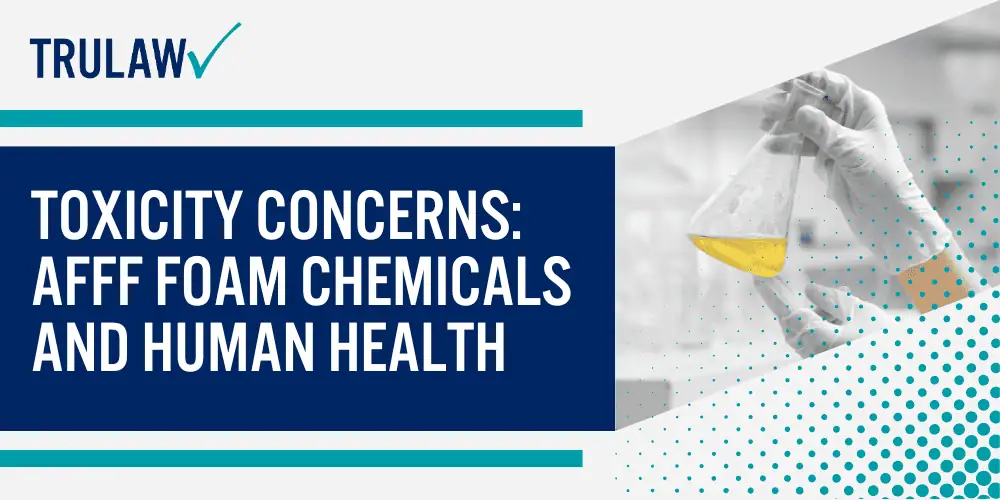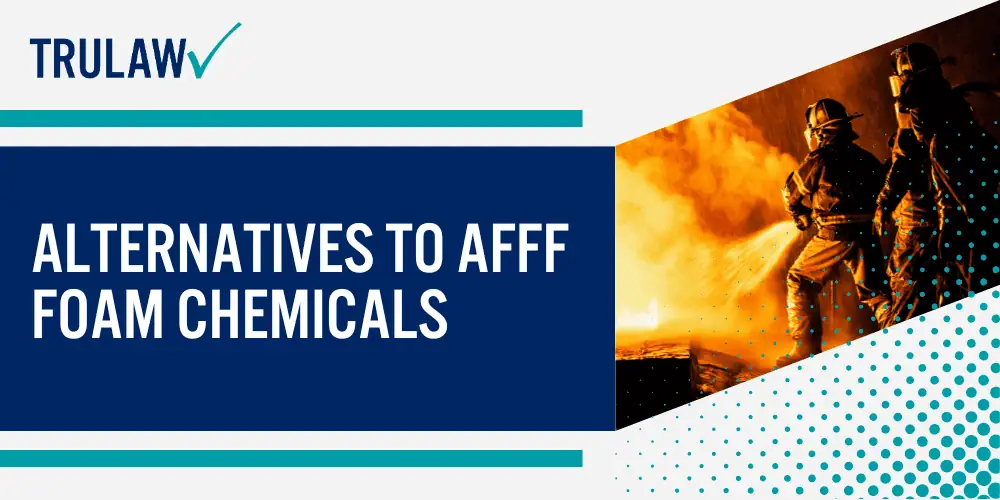Exposure to certain firefighting foams can lead to worrying health effects.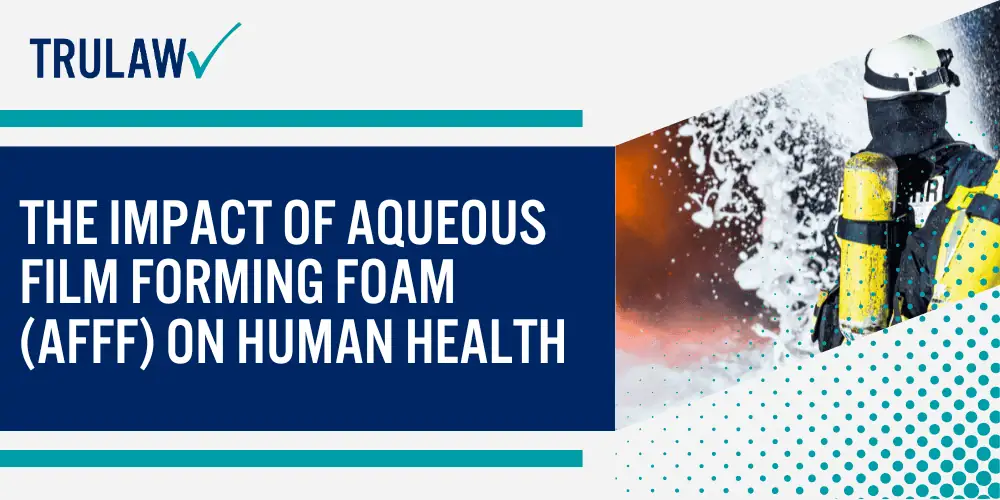
AFFF foam, a common fire suppressant for fuel fires, contains chemicals that may harm your body over time.
What are AFFF Foam Chemicals?
AFFF foam chemicals are a specialized type of fire suppressant designed to fight fires that involve flammable liquids, known as class B fires.
These synthetic foams create a film-forming blanket over the fuel surface, cutting off the supply of oxygen and smothering the flames.
Often termed “forever chemicals,” they break down at an alarmingly slow rate—leading to prolonged exposure risks for firefighters, military personnel, and communities near training facilities or sites where AFFF has been used extensively.
Research indicates that chemicals found in these foams, particularly poly-fluoroalkyl substances (PFAS), have been linked to various forms of cancer and other health issues.
Scientists reveal that individuals who come into contact with AFFF may absorb dangerous chemicals through skin contact or inhalation.
This exposure poses significant threats as PFOS and PFOA—common components in these formulations—accumulate over time within the human body.
The long-term implications of such accumulation lead to increased chances of developing life-threatening diseases like leukemia, pancreatic cancer, and liver tumors among firefighters, military personnel, and those living near areas where AFFF is regularly used.
As these toxic firefighting foam agents seep into groundwater and drinking water supplies, they pose long-term health threats that could lead to severe illnesses.
Composition of AFFF Foam Chemicals
The primary substances present in AFFF formulations are perfluorooctane sulfonate (PFOS) and perfluorooctanoic acid (PFOA), both recognized for their carcinogenic potential.
These chemicals belong to a larger group known as PFAS, which stands as a probable cause of cancer according to scientific studies.
In addition to these main compounds, many AFFF foams include various other PFAS side products that inadvertently result from the manufacturing process.
These unintended by-products add further complexity and potential harm regarding environmental and health concerns.
This intricate blend of fluorinated surfactants designed for quick spread over flammable liquids poses serious risks when released into the environment or when people face long-term exposure during firefighting or training exercises.
Illnesses Linked to Prolonged Exposure to AFFF Foam Chemicals
Exposure to AFFF foam chemicals, particularly PFOS and PFOA, can severely affect human health.
The alarming link between AFFF firefighting foams and multiple forms of cancer is well-established through studies showing significantly increased rates of kidney and prostate cancers among those exposed.
With health problems this significant on the line, understanding toxic chemical exposure becomes crucial in protecting public health.
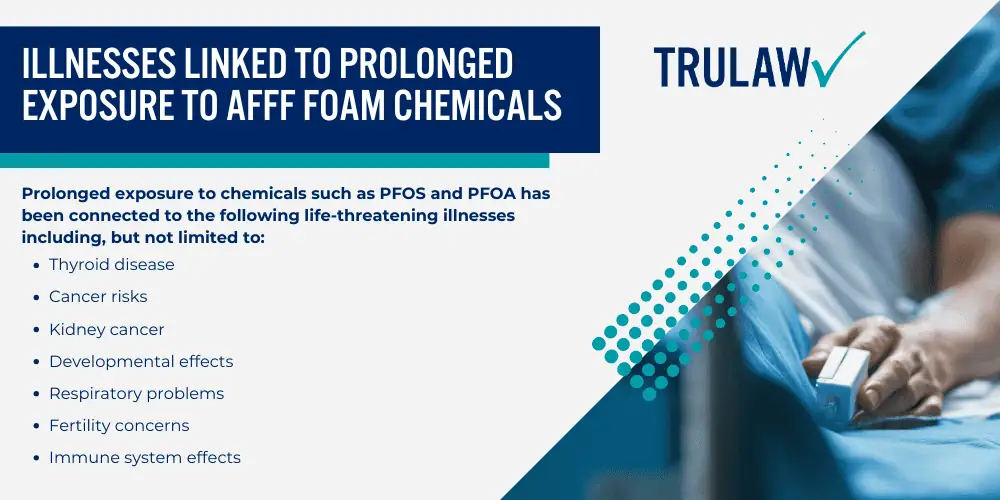
Prolonged exposure to chemicals such as PFOS and PFOA has been connected to the following life-threatening illnesses including, but not limited to:
- Thyroid disease: Individuals exposed to AFFF may develop problems with their thyroid gland, which can disrupt hormone production and metabolism.
- Cancer risks: Contact with AFFF has been associated with a higher likelihood of developing cancers such as testicular, kidney, and bladder cancer.
- Kidney cancer: Specifically, PFOS and PFOA exposure from AFFF foam has been linked directly to kidney cancer.
- Developmental effects: Pregnant women exposed to these chemicals might face elevated risks of complications or developmental issues in their unborn children.
- Respiratory problems: Some individuals have reported respiratory issues like asthma that could be tied back to contact with toxic firefighting foams.
- Fertility concerns: Research indicates potential fertility challenges for those regularly handling or coming into contact with AFFF due to its chemical makeup.
- Immune system effects: Changes in immune response have been observed in people and laboratory animals exposed to the hazardous substances found in AFFF foams.
If you or a loved one has suffered from health complications linked to AFFF foam chemicals, contact TruLaw using the chat on this page to receive an instant case evaluation.
